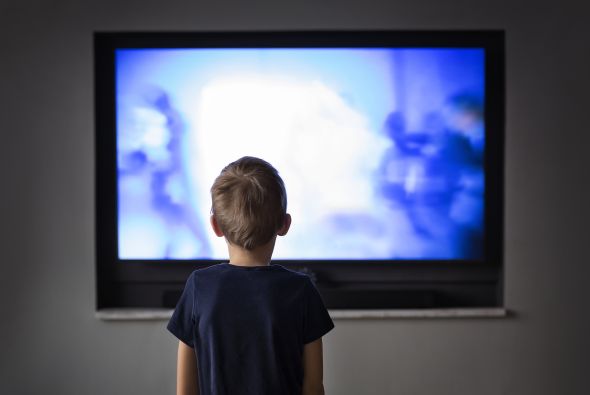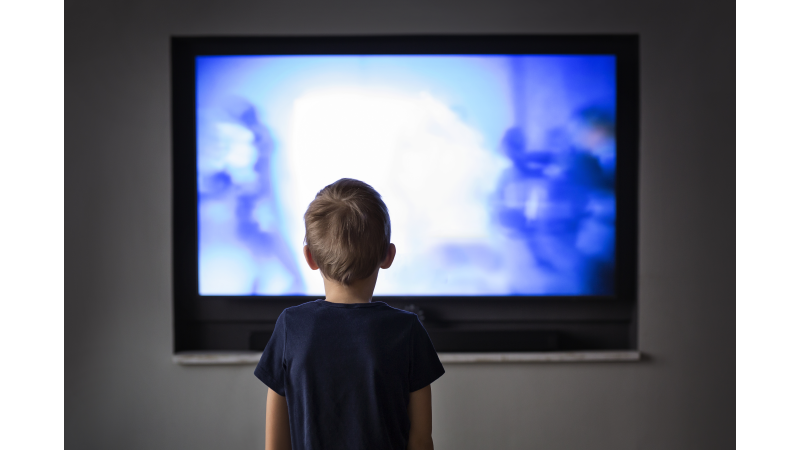
Deadly violence in the Middle East and Ukraine, and closer to home in Lewiston, Maine, has left many of us feeling shaken and vulnerable, especially those with loved ones directly involved. Families and educators are asking how to help the children in their lives process what they’ve seen, heard, or experienced. I turned to Dr. Steven Marans, Harris Professor at the Yale Child Study Center and director of the National Center for Children Exposed to Violence, for guidance. “We need to think not so much in terms of what we say,” he told me, “but how we listen.” Here are highlights from our conversation, which has been edited for length and clarity.
How can parents, caregivers, and educators talk with children about upsetting events in the news?
We have to remember that children’s worlds are very different than adults’ worlds and vary according to phases of development. Thus, we need to think not so much in terms of what we say, but how we listen. What we’ve learned about trauma is how significant it is when parents, caregivers, and educators provide children an opportunity to be heard. Educators know this, and parents and caregivers who are attuned to children know this. When we provide an opportunity for children to find words, we’re doing an enormous amount to support their coping mechanisms.
How can we help children find those words? And what should we be listening for?
For starters, choose your questions carefully, without making assumptions about what they know, what they’ve heard, or how they’re feeling. Instead of asking, “Are you afraid?” try questions such as, “What are your friends talking about?” That will give you a better insight into what they’re hearing and how consumed they are with the traumatic event.
Keep in mind that a child may express their fear through a seemingly unrelated concern—say, a fear of car accidents or illness. And recognize that the signs of distress are typically not presented in words.
What other ways might children’s anxiety express itself?
Children may complain of physical discomfort, such as stomach aches and headaches. They might become more defiant about parental and teacher expectations. Or they will withdraw from activities that were typically sources of pleasure.
Children may also show signs of increased irritability, or fearfulness, as though the danger they confronted hasn’t stopped and is lurking around every corner. They also may have a heightened sensitivity to noises, to sounds. We often see an increased startle response, where children might be quite jumpy. They may become preoccupied. The only way you could surmise this is because they can’t concentrate on tasks at hand. We see this particularly in classroom settings.
There are a range of ways in which post-traumatic symptoms or reactions demonstrate that a child is really struggling and has not yet returned to their optimal capacity to regulate their feelings. If they can’t regulate their feelings, it’s very hard to regulate thinking. So, there’s a vicious cycle. The more that adults can recognize the signs and symptoms of post-traumatic distress, the more effective they can be in supporting a child’s recovery.
What else can we do to help children in the aftermath of traumatic events?
One of the biggest supports that adults can offer is routine and predictability. Because of the disruption and disorder that children experience when they’re traumatized, the external order becomes especially significant and important in helping them to recover. This may be counterintuitive for adults, who sometimes feel that allowing children to have a new bedtime or eat whatever they want will help them feel better. But maintaining the routines of daily life and maintaining predictability are what’s indicated when children’s internal worlds are so massively disrupted.
After a traumatic event, make sure you don’t have the news on too much around your children. When something overwhelming and frightening happens, for many adults, it’s hard to step away from media. We may have the television on nonstop. It’s understandable. We’re trying to master the unbelievable by getting more information. But it’s rarely useful in helping us cope. When parents have the television on all the time, their children are going to be exposed more.
Also, if parents are very upset and not aware of how upset they are, they may display their emotions, including fear, in front of their children. That can be a tremendous burden for the child.
How do stories and imaginative play help increase children’s mastery of their own feelings?
Storytelling and play allow children to be the writer of the script, which serves a critical role in their development. We know the power of play in advancing children’s development because they get to experience and pretend. They get to rehearse and plan, and they get to be in charge. They get to write the stories.
The best authors and the best works of literature are ones that tell a story with which children can identify. The characters and themes in the stories become proxies for the themes children are working out in their own lives. It’s the details that allow them to get immersed in the creation of the author. The child can say, “That’s just like me,” or “I know what that feels like.” Seeing one’s feelings expressed provides a powerful way to open communication. Literature, art, and dramatic play help children find vehicles for expression and the sense that, “I’m not alone. There are others just like me.”
Photo: © mrs/Getty Images



